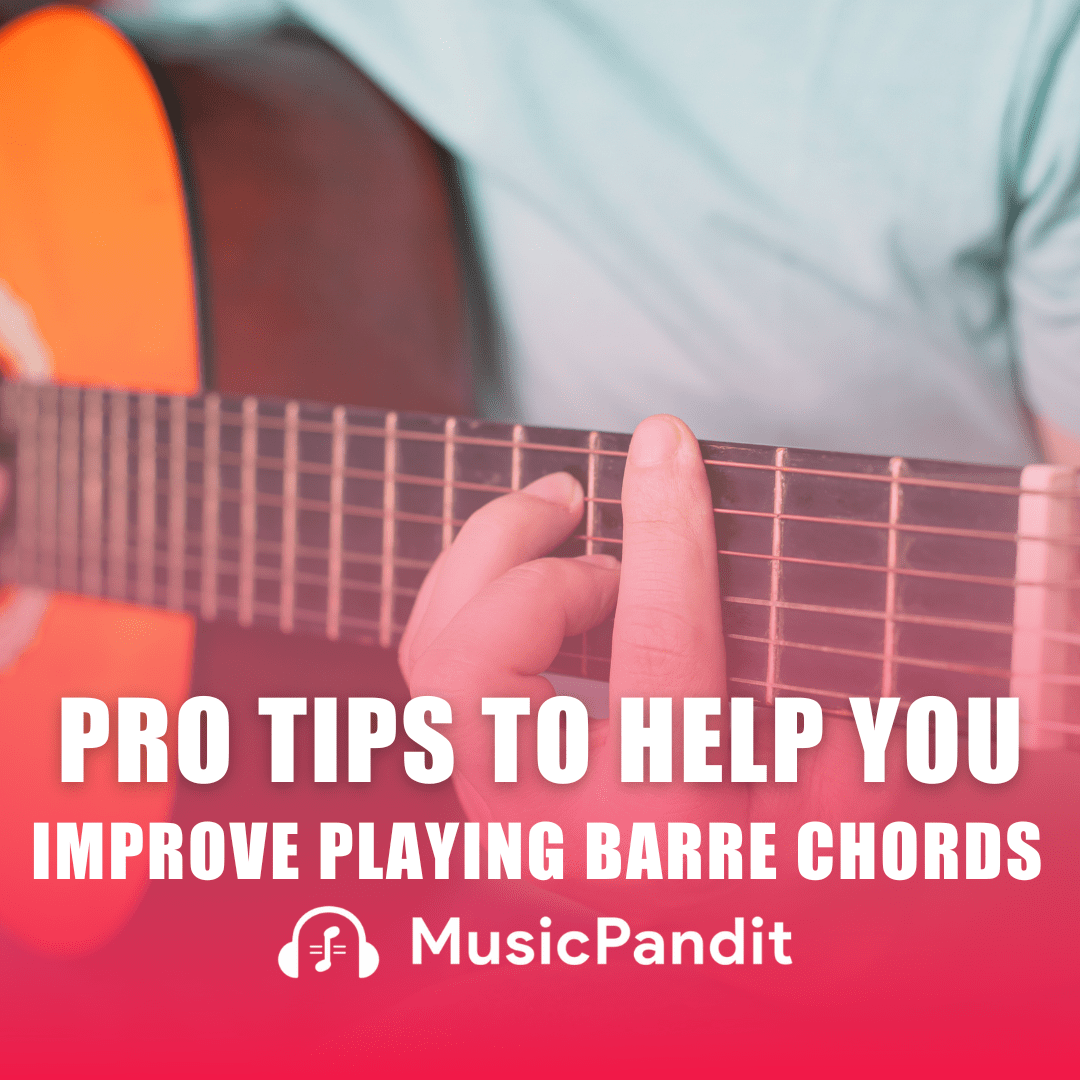Singers, especially beginners, need to remember a few stage performance techniques that can transform them from looking like average performers to a professional or a star. Besides, knowing the dos and don’ts, learning how to perform on stage is a needed skill that all singers should master. This will help them become more successful in the music industry.

On that note, it is essential to realise that people are focused on you whenever you are on the stage. Therefore, your stage presence is extremely important. If you can appeal to all the senses, then there are chances that everything will go smoothly and you will nail every performance.
So, there are a lot of things you can do on stage before your performance starts as well as during the show. There are also things you should never do. Check out our essential stage performance tips for singers below. Even if it’s your first time, these dos and don’ts will help you become an outstanding performer whenever you go up on the stage.
Do’s and Don’ts for a Singer / Performer
Learn Your Lyrics – Save Yourself from Embarrassment
Yes, sometimes we can forget the lyrics, and it is not a pleasant experience in front of hundreds or thousands of people who have come to the show. You might think that you can read lyrics from a sheet or a phone, but the fact is that it looks really unprofessional. So, it’s better to learn and remember the lyrics.
Pro Tips:
– A great way to remember the lyrics is to have access to a copy of the song everywhere. You can put it up in your car or have it on your phone or computer. Try to practise and sing it often to get it deeply embedded in your mind.
– Be familiar with the rhyme, as it is a powerful trigger for memory. Recollecting the rhyme in each verse and the order of the words that rhyme can help.
– One of the effective ways to remember a song is to connect emotionally with it and make it mean something to you. You can relate the story of the song to something that has actually happened in your life.
– If nothing works, you can try writing the lyrics down repeatedly.
Don’t Be Nervous and Close Your Eyes
When you go up on the stage, the goal is to make an impression from beginning to end. Yes, it is really nerve-racking if it is your first time and let’s be honest, everyone gets nervous. However, you should walk confidently onto the stage and maintain such a level throughout your performance. You need to look and feel confident.
In other words, it is important to have a positive presence on the stage. This way, you are letting the audience know that you are confident. When you are on the stage, you can smile and share eye contact with the audience to show that you’re enjoying yourself. Also, remember to always acknowledge the audience when you first walk on stage. This helps to set the tone for the show.
Tips:
– When it comes to making eye contact with a crowd of a thousand people, you can select one person in each square section. This trick will make everyone think you’re looking at them.
– You must realise that nobody in the audience wants you to fail or do poorly. They are there hoping for a good show and that you will rock their socks off. Instead of getting nervous, imagine a positive outcome for the show. This will prepare you mentally for a successful performance.
Posture and Movements
These are two crucial things for a performer, especially a singer. Even though you have a killer voice, it has less effect if you don’t have any stage presence. That is why one of the biggest parts of vocal performance is movement and posture. Moreover, you don’t want to look like a robot.
Now, we are not saying jump around like a crazy person all over the stage. The right way is to connect the song with the movement of our body. There are a few movements that you can follow on stage.
The three most common ways are,
- You can make slight movements, such as changing the direction you are facing. You start singing by looking straight ahead. After you sing the first two lines of the verse, you can try pivoting for the 2nd two lines of the verse. When you pivot, you will now face the right side of the audience. Remember to maintain eye contact.
- Walking on stage can sometimes get complicated if the performer does not know where to go. When you walk on stage, you must have a clear idea of where to move around. You can for example walk to the back half of the stage when there is an instrumental section going on. And as the verse comes, you walk from the back of the stage to the front and begin singing the lines.
- Running can happen when there’s a lot of energy in the song. Imagine your band is playing a heavy rock song with a fast tempo. In this scenario, the lead guitarist is just finishing the solo and the last chorus is coming up. As soon as the solo ends, you run up to the mic and sing the final chorus at full blast. This will be the performance that gets the crowd excited.
Moving around on stage can be really engaging for your audience, wherein your energy can be contagious.
Tips:
Apart from these, you can also do some arm movements. Think about what you can do with your hands. Never put your hands in your pockets when you are in front of the microphone. Not only will your posture become bad, but you could find it harder to breathe, which ultimately affects your tone. Also, you will look nervous and bored. Remember to keep your hands free so that you can do hand movements that suit the song.
For example, if it is a sad and slow song, you can put your hand near your heart or put one hand in the air while looking up at the sky. If it is an upbeat song, you can clap along to the beat or wave your hands in the air.
You will have to play around a bit to find a style that works for you. You can also watch videos of your favourite performers to see what they do and get some “inspiration.”
Soundchecks and No Trip Hazards
Soundchecks are very important from a performance point of view. You have to make sure that your voice is heard clearly on top of all the music that is being played on the instruments. For this, you have to keep in mind certain things. They are;
– Do not breathe hard into the microphone. The sound captured by the mic and broadcast through the speakers can be disturbing and distracting. An unpleasant noise is heard by the audience. Do not tap into the microphone as well.
– You can say phrases such as “check-check” or “1-2, 1-2” if you want to know whether the mic is on and working. Additionally, make sure you sing a part of your song during the soundcheck. Remember to sing at the volume and the tonal quality as you will be doing during the performance.
– Have your monitors and in-ears properly set up. As stated above, when you sing like you’re performing, the sound engineers can adjust and mix the sound perfectly for your vocals.
– Also, always have a reference instrument for your pitch. This could be the keys or the guitar.
When you are up on the stage, make sure the space is clear of wires and any clutter (i.e. no trip hazards). And yes, there are times when there might be extension cords or cables running all around the stage. It gets more complex when the lights are all flickering on the stage or when it is dark. After you’ve finished the sound check, look around the stage for any hazards that might be in your way.
Remember These Essential Stage Performance Tips
#1. Get enough practice before the show. Make sure to warm up your voice before going onto the stage. Your voice should not sound like it is on the edge.
#2. Know your audience before you show up to your performance. You can do a quick research into the local area, go through recent news on local websites, know about the people and the culture, etc. You can refer to the relevant information when opening up a song. When you do this, you can immediately form a bond or connection with your audience.
#3. Music has the ability to stir up emotions easily and quickly. Having said that, you should sing from the heart and with some emotion that can make for a magic moment. When you add some emotion to a song, you will not only connect with the song but will also draw audience engagement into your performance. Be smart and choose the right songs.
#4. Talk to the audience during the performance. You can announce yourself when you come on stage, introduce your next song, thank the audience, encourage them to sing along, etc.
#5. Acknowledge other performers. If you are performing with a band, you can share the limelight with them. You can find interesting ways to introduce everyone.
#6. Gain as much experience as possible. For this, you can start by fixing a small venue and putting on a show for your family and friends first. As you become comfortable, you can work up to bigger shows. Venues that host open mic nights are also a good option. This process can be an effective way to build up your confidence and gain knowledge of different performing aspects.
#7. Film yourself performing. By doing this, you can watch the recording and identify the areas you need to improve. Keep working on those and it will be helpful in the long run.
Also Read: How to Conquer Stage Fear: Guide for Singers
Things you should never do when performing on stage.
It’s also important to know what NOT to do when performing on stage. Here are some things we advise you not to do!
– Don’t stop singing or get distracted!
– Don’t make weird movements.
– Don’t apologise and say sorry when you make a mistake.
– Don’t keep your eyes closed.
– Don’t argue with other musicians or audience members.
– Don’t let your ego get in the way of a great performance.
Always remember, being a performer is not just about performing well, having a pleasant voice or hitting the right notes. You need to feel comfortable in front of an audience, connect with them, and engage them without appearing fake.
Our vocal experts at Music Pandit have put together these simple suggestions so that you can be really effective when you perform on the stage. By following these tips, working on how to perform, and developing a better stage presence, you’ll be putting on memorable shows in the coming days.














